Patricia Arquette Has a Thing for the Weird Art of California’s High Desert
“There’s some kind of energy in the desert that’s very different than anywhere else,” she says of the setting of her new Apple TV+ series.
Secret Obsessions is Atlas Obscura’s new column where we ask wondrous people to take us down a rabbit hole. This edition features American actor Patricia Arquette, as told to Associate Editor Sarah Durn.
The one time Patricia Arquette actually tried to work for a private investigator, as a side hustle early in her acting career, her wire came loose and fell out. Years later, the Academy Award–winning actress is getting a second chance at the gig in High Desert, a comedy series that debuted May 17, 2023, on Apple TV+. In High Desert, Arquette plays Peggy Newman, a former drug dealer–turned–Pioneertown Old West reenactor. Faced with foreclosure on her late mother’s home, Peggy starts moonlighting as a gumshoe, scaling the titular region of Southern California in search of curious clues to peculiar cases—all while fighting her own battle with addiction and mourning the loss of her mother. It’s funny, poignant, and, like the High Desert itself, just the right amount of weird.
Atlas Obscura sat down with the celebrated actress to get her insights into the series, as well as her personal recommendations for what to do and see in Peggy’s eccentric corner of California.

What’s it like shooting in the High Desert, compared to other locations you’ve worked in throughout your career?
It was weird because when we were there, shooting in the middle of the desert, we shot the first couple of days of this big sequence, and it was really, really hot … and then the next day it was snowing all over us, and then the mountains all turned white. So they were like, “Oh, we’re going to have to go in and repaint the mountains behind you guys for this sequence,” and they were trying to get rid of snow on the ground.
I love the desert. It gives me a lot of energy. I love the animals in the desert, I love the art in the desert, I think the people that decide to move to the desert are really interesting people. And the colors and the sky.
At Atlas Obscura, we like to ask people about their Secret Obsessions. Is there anything about the California High Desert that you’re really into?
I don’t think I have a secret obsession about the desert. Who doesn’t love a date shake? There’s this incredible hike you can go on at the top—the local Cahuilla people have this incredible territory up there—and so it’s the desert, and it’s really dry, but then when you get in there, it’s actually an oasis. There’s a little creek going through there, and there’s huge date palms and those kinds of hidden things.
I love the Noah Purifoy Desert Art Museum. I love Salvation Mountain. I mean, I’m obsessed with that place. It’s a mountain this man built. I don’t know if there’s even a mountain under it. I imagine there’s some kind of hill under it. I guess it’s papier-mâché’d or something, and he painted it all, and it’s striped. He was going through a religious kind of opening, so it’s like, “Jesus Loves You,” and has a giant heart on it. I love artists, and there’s a lot of artists that go there. There’s this little crochet museum that’s a tiny little museum, with just everything crocheted in it.

You were involved with the show for years as it was in development. When you finally got to work in the desert, did it help you unlock the performance or the character, or change your approach in some way?
That’s a good question. It’s very interesting as an actor because there are different ways to approach a character, and sometimes what works for one just doesn’t work for another. One character, it might be this item of clothing that you put on that helps you understand the character in a different way. There were elements of that with Peggy, but I always felt that the desert is such a character in this, and I was fighting for more of that, as much as we could possibly have. That was just my instinct, but when we were there shooting it, it definitely felt right. This felt like Peggy’s world to me. There is a ruggedness about it and a warmth about it.
There’s some kind of energy in the desert that’s very different than anywhere else. There’s a harshness, but its own strange beauty. I think we all really loved being there when we were. It was hard, I think, organizationally, with how many trucks we had and all that stuff. But I love it, and I can’t really get enough of the desert.
Did you feel that way about the desert before starting work on the show?
I would rarely go there. But when I would, I would have magical experiences. I felt like I could live there. Definitely. And that there’s a whole creative world out there that you see little glimpses of. Living there, you could really start digging into it: What is that world?
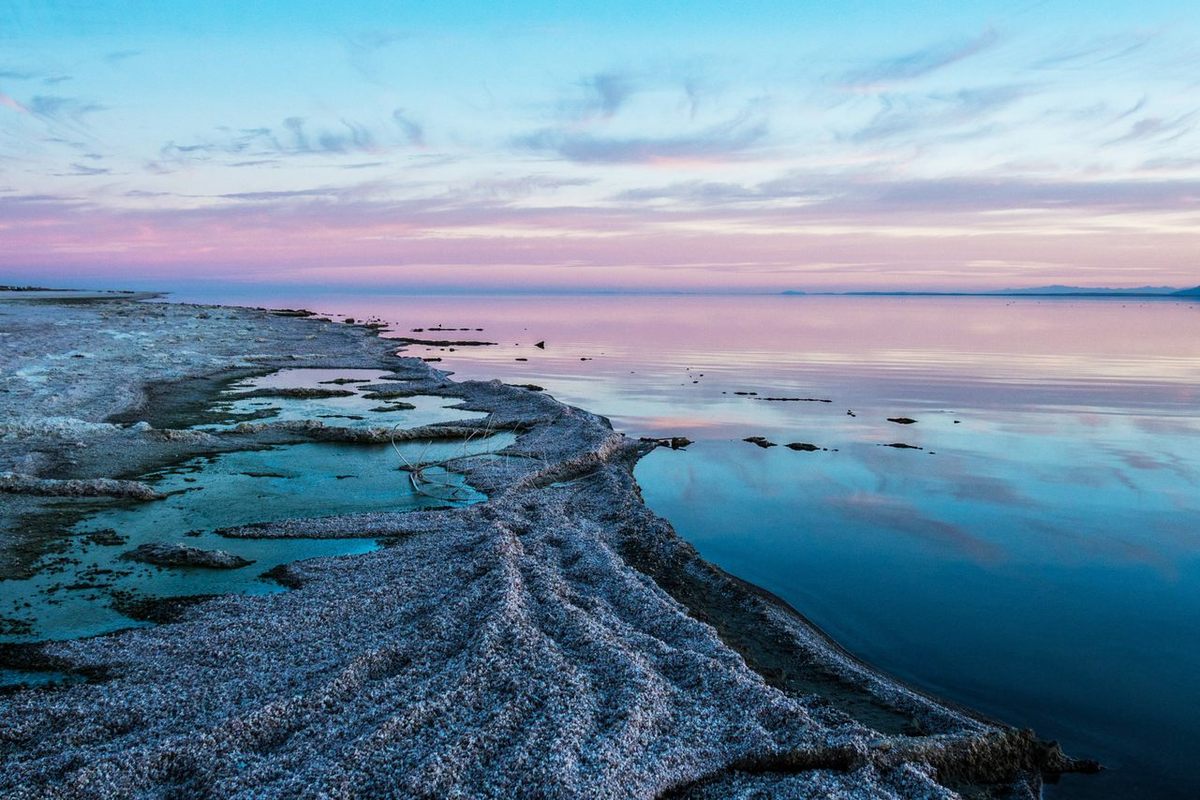
I’ve only really passed through Joshua Tree and Pioneertown, but the show piqued my interest.
Oh, good. Yeah. Go to the Noah Purifoy Desert Art Museum. He made this whole outdoor installation. It’s farther, but if you go to the Salton Sea and Salvation Mountain, that is a very trippy experience. Salton Sea is in this apocalyptic town. This beautiful lake happened there, and you think, “Is this a mirage? Is that just a giant lake? Oh, my god. What’s it doing in the middle of the desert?” All these pesticides poison the lake and so there’s always dead fish all around. Then Salvation Mountain, and if you go down the road, there’s this area right next to it, which is Slab City, where all these people have come—a lot of Vietnam vets and people are living in their RVs and their trucks with cardboard in the windows. No one’s really around during the day, but there are signs outside and written on cardboard like, “Whoever fucking stole my tire, I’m going to kill you,” or “Get back by 06:00 p.m. or else.” And then if you keep driving down that road, there’s another artist enclave at the end of that, I think it’s called East Jesus or something, and it’s a walled-off compound. All these artists have made other spectacular installations, like old abandoned TV sets, but painted messages like, “Go away,” or “Watch this,” or “How about you?” Yeah, it’s just really cool.
Sounds like somewhere Peggy might end up in season two.
These are my hopes.
There’s something about the show that’s so low-tech and analog and back to nature. Even the fact that Peggy becomes a P.I.—it’s so shoe leather. It’s so DIY. It’s so anti-technological.
It is, yeah.
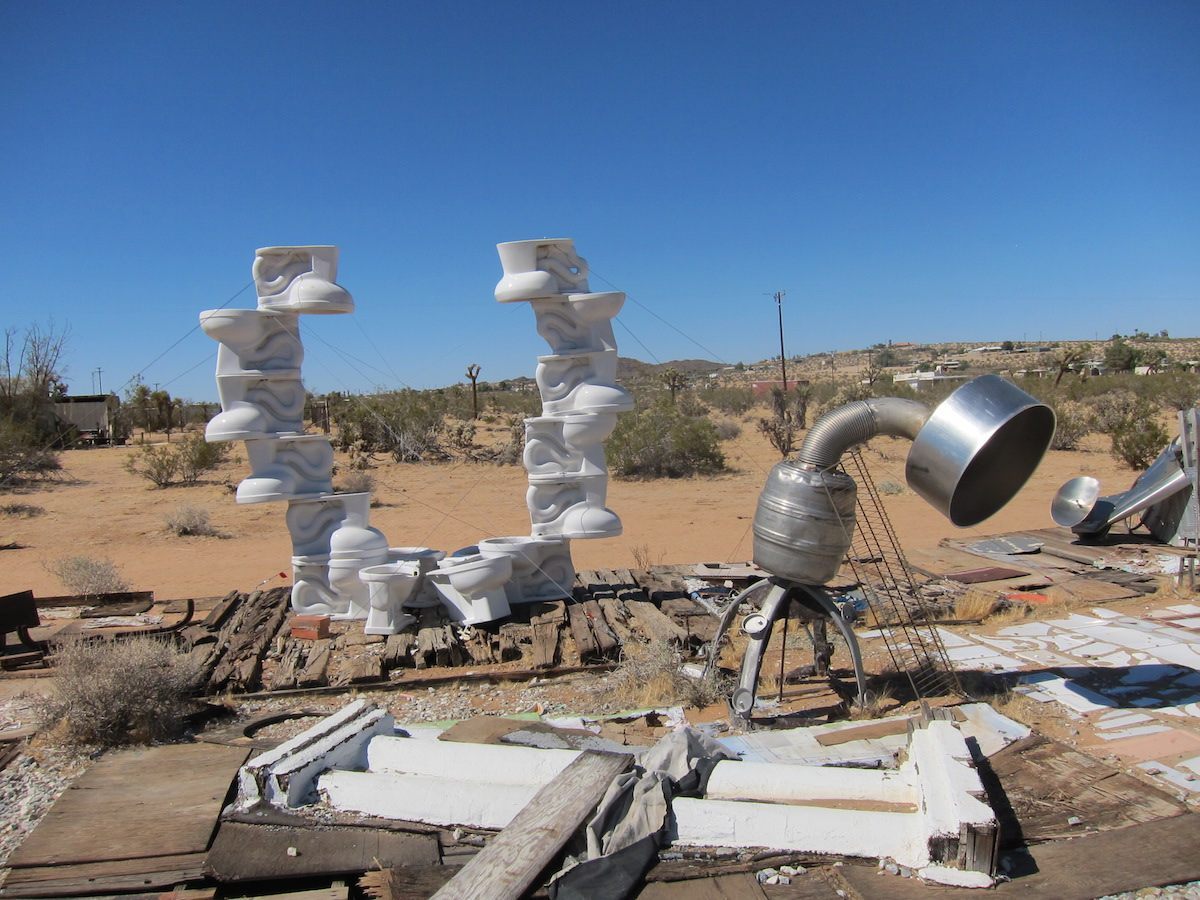
What was it like learning how to be a P.I.? Any tricks of the trade?
I saw an article in the newspaper the other day, and it was like, “This man killed his roommate because he ate the last Hot Pocket.” That’s a story that could be in High Desert. “Who ate the last Hot Pocket, and how can Peggy decipher who ate the Hot Pocket?” There’s an element of stupidity in our species. “What am I reading all the time?” As far as being a P.I., my only real experience is I worked for a P.I. one day, when I first came back to acting after I had my son, and my wire fell out, which wasn’t great. But luckily I’d made a movie before, so I rewired myself.
Anything else you want to add?
My boyfriend Eric White showed me this movie called The Velvet Vampire, and there was this woman driving around in a dune buggy, and I was like, “Oh, I really want Peggy to ride around in a dune buggy.” That was kind of romanticism from 1970s TV shows that I grew up on. There was a whole dune buggy culture and the Manx dune buggy that I’m driving around in, that thing, that was like the cool thing back then. Kids are on computers now, and I think there’s a whole disconnect. The wildness of the dune buggy world. That, I think, is interesting.



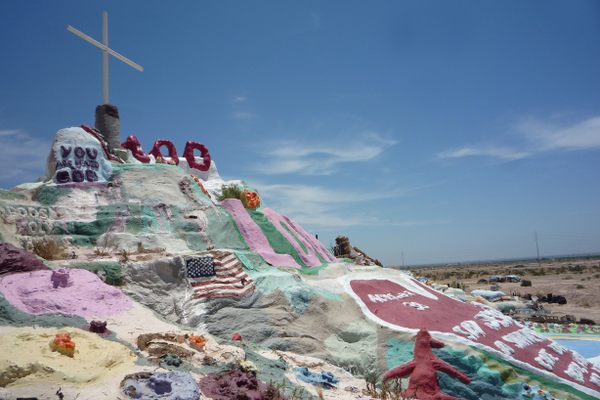
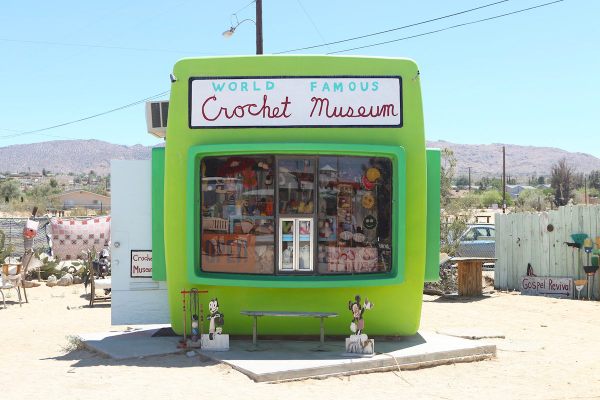
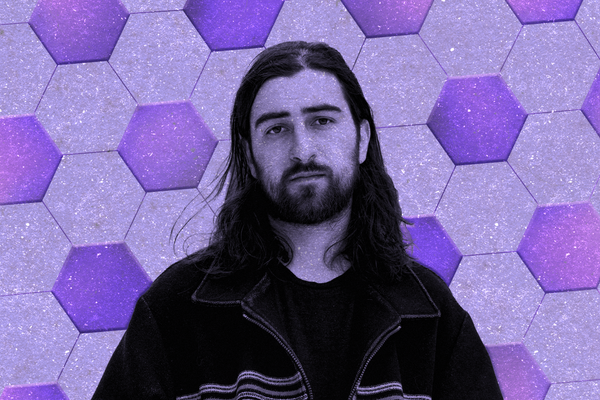


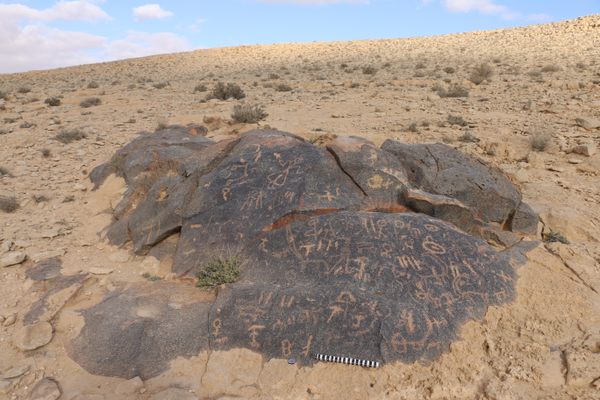






Follow us on Twitter to get the latest on the world's hidden wonders.
Like us on Facebook to get the latest on the world's hidden wonders.
Follow us on Twitter Like us on Facebook